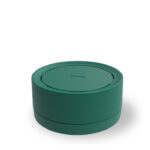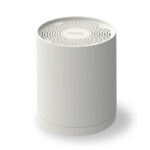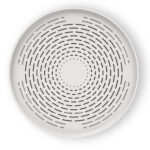Almost 90% of Italians do not know the air quality of their home

Indoor air is up to 10 times more polluted than outdoor air

87.37% of Italians have never inquired about the quality of the air in their home and disdainfully consider the danger and serious health problems resulting from it. This means that out of 200 Italians there are approximately 175 who declared that they have never been informed about the quality of the air they breathe in their home. There are still too many people unaware of the fact that internal pollution should worry us as much as atmospheric pollution, or rather more. In fact, according to the Istituto Superiore di Sanità (ISS), indoor air pollution is the most relevant environmental risk factor for public health. The air inside our homes and workplaces is 5 to 10 times more polluted than the air outside. This happens because the substances present in furnishing elements and normal indoor human activities (cooking food, cleaning with chemical agents, use of cosmetics and perfumes composed of microplastics, tobacco smoke, use of printers, photocopiers, household appliances, etc.) they add to the external pollutants that accumulate in our homes.
More than 80% of people are not aware of how much time they spend indoors

Among the most surprising data is not only the percentage of 87.37% of people who neglect the importance of the air they breathe, but also the high quantity of people who are not aware of how and where they spend their time. most of your time. From a survey conducted in 2018, in Europe and North America, it emerged that out of 16,000 people interviewed, more than 82% believed they spent at least 3 hours a day outdoors, when in reality they spent more than 22 hours a day in indoor environments. Considering the total hours we spend indoors and the little importance we give to the fact that the air indoors is more polluted than the air outside, the risks we run cannot be underestimated.
Among the most surprising data is not only the percentage of 87.37% of people who neglect the importance of the air they breathe, but also the high quantity of people who are not aware of how and where they spend their time. most of your time. From a survey conducted in 2018, in Europe and North America, it emerged that out of 16,000 people interviewed, more than 82% believed they spent at least 3 hours a day outdoors, when in reality they spent more than 22 hours a day in indoor environments. Considering the total hours we spend indoors and the little importance we give to the fact that the air indoors is more polluted than the air outside, the risks we run cannot be underestimated.
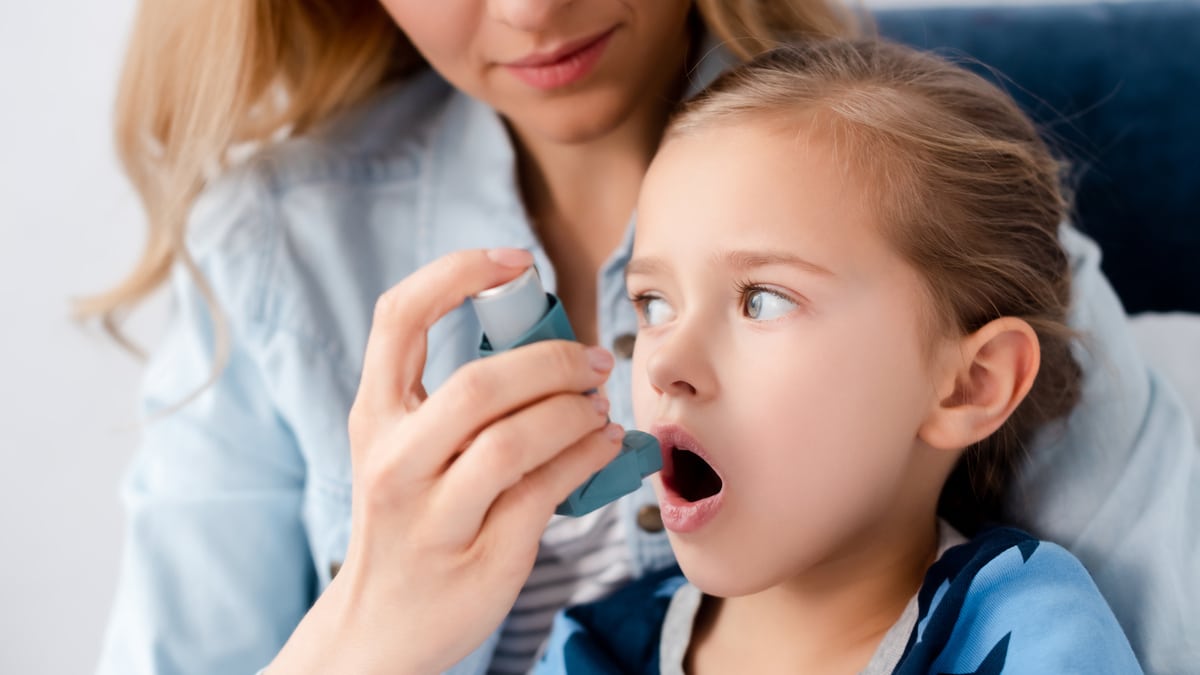
Secondo uno studio pubblicato dalla rivista Environmental Health Perspectives delle Università di Harvard e Syracuse, all’aumentare del valore di CO2 in una stanza, diminuiscono le performance cognitive.
Ad essere colpite sono soprattutto le abilità di utilizzare informazioni, rispondere alle crisi ed elaborare strategie. Nella ricerca è stato inoltre riscontrato che vivere in ambienti con alte concentrazioni di contaminanti indoor provoca un aumento del 40% di contrarre asma e altri disturbi di tipo respiratorio.
Esistono anche effetti più immediati e meno gravi che si possono riscontrare vivendo in un ambiente poco sano tra cui l’alterazione dell’umore o episodi di sonnolenza, come nel caso di alunni distratti sui banchi di scuola o di lavoratori che faticano a mantenere alta la concentrazione.
The economic and health damage in Italy

In Italy many chronic diseases are related to the problem of air quality so the resulting health and economic damage is very significant. A first assessment of the health impact and annual costs attributable to indoor pollution in Italy was conducted by the Indoor Commission in 2001. The investigation took into account only the most risky pollutants for our health and for which, at the time, there was very concrete evidence on the relationship between exposure and the effect and therefore, indoor allergens (mites, moulds, animal dander), radon, passive smoking, benzene and carbon monoxide. The overall annual cost, calculated in this way, was higher than 152 – 234 million euros. In reality, the economic damage attributable to indoor pollution in Italy is probably higher than that reported in the survey, which did not evaluate the indirect costs and secondary effects, such as the drop in productivity. Consider, for example, bronchial asthma in children and adolescents attributable to exposure to indoor allergens which the Indoor Commission indicates a health impact of more than 160 thousand cases per year, with direct costs exceeding 8 million euros, but it neglects the indirect costs (linked to days of school or work missed) which for this pathology are approximately 60% of the total costs. Regarding exposure to passive smoking in Italian families, the latest available Istat data report that 49% of newborns and children up to 5 years of age are the children of at least one smoking parent and 12% have both smoking parents. About 1 in 5 newborns have a mother who smokes. It is estimated that in Italy passive smoking is responsible for around 1,000 deaths per year and that parental smoking is responsible for 15% of cases of asthma in children and 11% of breathing difficulties in adolescents. In recent decades, improvements in scientific knowledge on the associations between indoor pollutants and health effects highlight that indoor pollution can cause a wide range of unwanted effects such as sensory discomfort, irritation, headache and asthenia, up to serious damage to health, including chronic diseases and carcinogenic effects.
3,500 people a year die from lung cancer attributable to the effects of radon
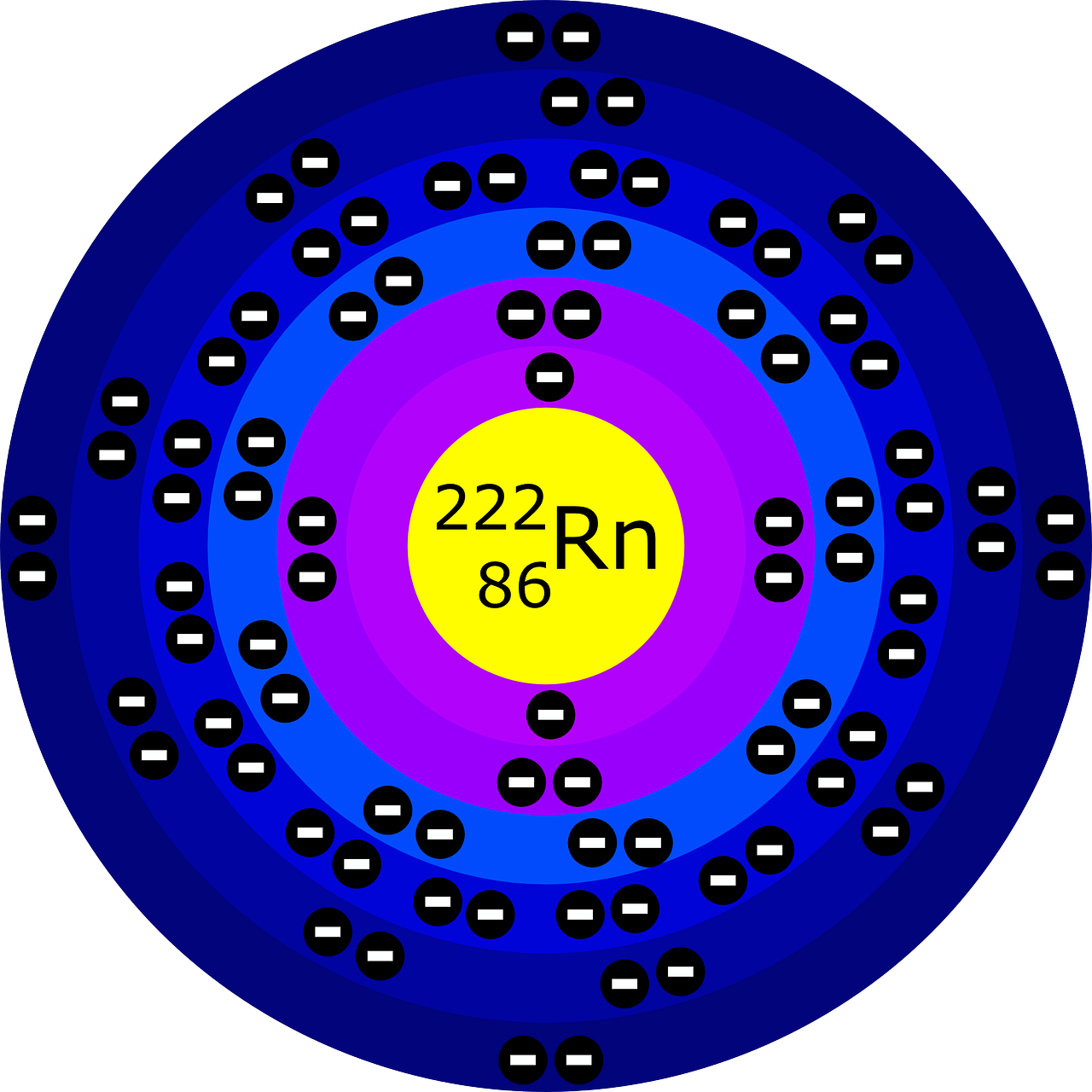
Since the early 1900s, earthquakes that have hit Italian territory have killed a total of around 57 thousand people, on average 570 every year. These are tragic and worrying facts that have led the legislator to intervene regarding the anti-seismic quality by adopting intervention plans or design solutions with the aim of preventing these tragedies. Also in Italy, 3,500 people per year die from lung cancer attributable to the effects of radon with a ratio of 6 deaths from radon compared to 1 from the earthquake. Radon is a radioactive gas that penetrates homes. Its particles are inhaled by the inhabitants of the buildings where the gas has entered and remain trapped in their respiratory system, inducing, over a period of years, cellular damage which then manifests itself through lung tumors or other serious pathologies. The aspect to reflect on is the lack of rigidity of the obligations and regulations in Italy on such a critical and widespread condition which could be prevented with simple and not too expensive interventions. It is right to protect ourselves from the problems of seismic effects and those of air pollution but it is necessary to raise awareness among the entire population also on the issue of indoor air quality.

